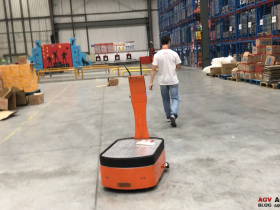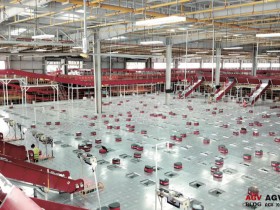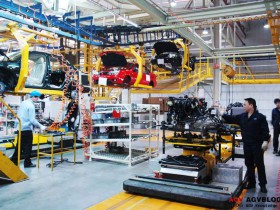Unmanned forklifts (also known as automatic forklifts or robotic forklifts) have surpassed the stage of novelty and are increasingly used in material storage and transportation to supplement or replace manually operated forklifts.
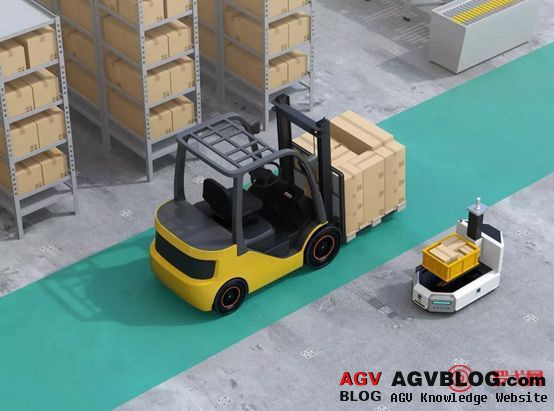
According to the latest report of the US research and consulting company MarketsandMarkets , the global market for automated guided vehicles (AGV), including automatic forklifts, is estimated to grow from US $ 1.86 billion in 2018 to US $ 2.74 billion in 2023, a compound annual growth rate (CAGR) 8.02%. It is not yet known how many unmanned forklifts are in use, but the number of manufacturers offering unmanned forklifts is growing rapidly, especially some of the world ’s leading forklift OEMs are accelerating the layout, for example: Toyota, Toyota Crown, Jungheinrich, Kion, Hyster, Yale, Heli and Hangcha, etc. Unmanned forklifts are innovative products for these companies . Unless they are convinced that there is a lot of long-term demand, they will not invest resources in new products.
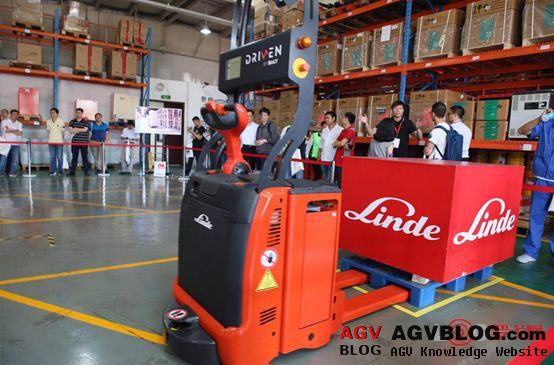
For example, in 2015, Linde Material Handling Company introduced an unmanned forklift for the first time with the L-MATIC L HP high platform forklift and P-MATIC tractor.
In 2019, John Binn Technology JBT has partnered with Crown to develop its DualMode tractor, which can be operated in manual and automatic modes.
On April 2, 2019, Hyundai Construction Equipment (HCE) released an unmanned forklift (model: RS010A-9), becoming the first automatic forklift manufacturer in South Korea.
Another indicator of strong prospects is acquisitions. For example, Teradyne, a well-known global supplier of automatic test equipment, acquired the mobile robot expert AutoGuide Mobile Robots in October last year. Stacker. With the acquisition of AutoGuide Mobile Robots, Teradyne will transition to a more comprehensive robotics technology provider.
Many professionals believe that driverless forklifts are on the verge of making significant progress in warehouse applications. So why is driverless forklifts receiving so much attention now?
First, interest in automated forklifts is growing, because the labor market is tight, and automation can help fill the labor gap, thereby providing 24/7 continuous and consistent performance. It can also reduce labor costs. Another additional benefit: Some of the key advantages of automatic forklifts are their flexibility, scalability and reliability.
Second, automation can reduce product damage and reduce the ergonomic impact of repetitive, physically demanding tasks in today's fast-paced warehouses.
Third, automation technology has made great strides recently. Today, automated forklifts can accurately locate designated storage locations and pick and place cargo, stop and alert personnel when encountering obstacles or other unexpected situations, select the most effective driving path, and remember free locations and others Features. The main function of the unmanned forklift upper control system is to perform task assignment, vehicle management, traffic management, communication management, etc. on a single machine. The system usually interacts with a warehouse management system (WMS), and can also interact with an enterprise resource planning (ERP) system and other material handling equipment. Some forklift OEMs have developed their own navigation and control systems, while others have chosen to cooperate with professional technology companies, such as the alliance between Crown and JBT, Raymon ) The partnership between the company and Seegrid, Balyo and Heist-Yale Group, JBT and Yale. John Rosenberger, Director of iWarehouse Gateway and Global Telematics at Raymon, said this partnership combines the expertise of both parties in specific areas and uses different methods to solve problems, thereby enabling innovative products to be faster On the market.
Fourth, the key factor in the widespread acceptance of unmanned forklifts is the advancement of navigation technology, which can enable unmanned forklifts to not follow a fixed path defined by a guide wire, tape, magnet or transponder embedded in the ground Under the operation. Newer navigation technologies include lasers, image recognition and distance-measuring map sensors, map facilities, stored data, and methods of navigating based on the position of the forklift relative to "natural features" (walls, shelves, and other objects). Depending on the technology, the required infrastructure is minimal or unnecessary, so it is easy to reprogram the driving route.
Finally, complex sensors are more widely used and declining costs, reducing the cost of unmanned forklift trucks, so that customers get a reasonable return on investment.
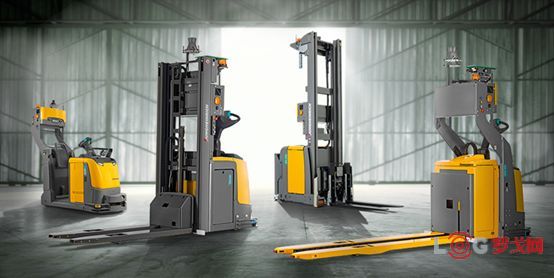
Scope of unmanned forklift
Currently, unmanned forklifts on the market include counterbalanced forklifts, narrow aisle forklifts, aerial work forklifts, and high and low platform pallet trucks. The use of unmanned forklifts can increase productivity and accuracy, reduce personal injury and cargo damage, but they are not suitable for every environment or work. The automatic forklift can be programmed to perform some repetitive, non-value-added tasks, these include:
- Horizontal transportation between designated points (with or without load), no other operations required;
- Pallet picking and racking;
- Case picking and racking (usually using semi-automatic forklifts, users can remotely control them when picking orders).
Matters needing attention in the implementation of unmanned forklift project
1. Prioritize the steps: connect first, then optimize, and finally automate. By "connecting", it means using telematics and fleet management systems to obtain accurate benchmark data about forklift activity, which can then be used to improve current operations. This step will help users make significant progress on the issues they want automated to solve, free up funds for projects, and help identify areas where automation is really needed and can generate ROI (return on investment).
2. The cost is reasonable. Some people believe that the introduction of driverless forklifts can achieve a return on investment of two years or less. But some experts warn that the overall cost may be high, because end users must consider the cost of the entire system, not just new equipment. If automation is meaningful, but cost is an issue, you can choose to use partially automated equipment or implement it in a limited area where automation will bring the greatest benefit.
3. Running speed and efficiency. For the fast pace and frequent rotation required by many distribution centers (DCs) today, the speed of automatic forklifts is too slow and difficult to control. If the speed of travel, the number of forklifts and the mode of transportation are not well calibrated, it may also cause traffic congestion. In addition, under the ANSI / ITDSF B56.5 safety standard for unmanned forklifts, this means that they require a larger "working range" than manually operated forklifts. In dense operating environments, smaller forklifts may be required to Keep the minimum clearance required.
4. The equipment has strong adaptability. In the case of manual intervention, they should be able to switch to manual mode easily, and also consider whether the forklift can adapt to the dynamic physical environment and product overview.
5. Human supervision. There must be a team of experienced project managers from end users, forklift dealers, and system integrators, capable of handling abnormal situations proficiently, for example, if there is a problem with the navigation system, or the forklift is stopped due to obstacles.
6. Maintenance and technical support. In addition to mechanical maintenance and repair, software upgrades and updates are also required . Forklift dealers should be able to provide most of the support and services, but in some cases, navigation technology providers or system integrators may be involved, requiring them to provide local support.
7. Prepare to cooperate with the robot. Everyone in the facility should be trained on how to interact with the robot. The "road rules" of automatic forklifts are different from the guidelines of traditional vehicles, and they must be clearly defined for safety. Even if the automatic forklift is equipped with sensors to prevent collisions, there will still be some unpredictable situations, so the implementation of rules is very important.
8. Real picture of forklift operation. For the robotic forklift to take over from the human operator, it is necessary to accurately grasp the basic conditions of the forklift operation. Some operations of the operator cannot be achieved by the robotic forklift, so there must be someone to handle these tasks.
Unmanned forklift is not just a device, but a complex system
An effective automated forklift project needs to recognize that these installations involve more than equipment. Instead, they should be handled as complex solutions, including equipment, control software, wireless communications, sensors, dedicated navigation technology, system integration and technical support, and sometimes layout reconfiguration.
Each automated forklift project is unique and complex. Careful preparation, accurate information, and the reality of what automation can and cannot do, "open eyes" understanding is an important success factor.

